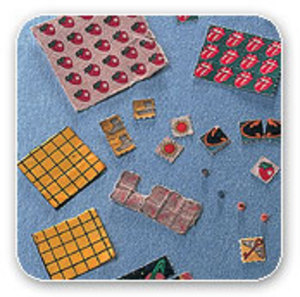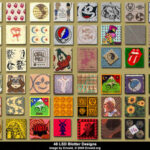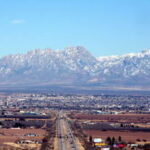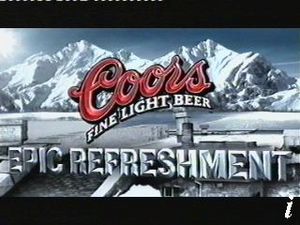Lysergic acid, a main component of LSD is also a main component of another psychoactive chemical. Ergine, or LSA, is structurally quite similar to LSD, but with a few important differences.
LSA’s full chemical name is d-lysergic acid amide. The chemical occurs naturally in a number of plants, the two most common of which are morning glory and Hawaiian baby woodrose. The seeds of these plants contain small amounts of LSA and have been used recreationally by many seeking a legal high.
Morning glory seeds have a long history of use by Native Americans in Mexico for their hallucinogenic properties. However, judging from various trip reports obtained from Erowid.org, it is clear that one must ingest a significant quantity of seeds in order to feel psychoactive effects, often upwards of 400-700 seeds. The seeds must also be ground up as their hard outer shells can not be broken down in the human digestive system. Hawaiian baby woodrose seeds contain higher concentrations of LSA and consequently the user does not have to consume as many. Users report only needing to ingest seven or eight of the large seeds in order to feel psychoactive effects. LSA was first extracted from both varieties of seeds by famed Harvard drug researcher Albert Hofmann.
Users report significant side-effects associated with consuming these seeds in order to undertake an LSA experience. The most common side-effect is nausea, vomiting, gas, and other gastric discomforts. The presence of these symptoms might be due to a variety of variables, such as the commercial preparation of the seeds with pesticides. Also, if the seeds are not properly washed or ground up, the high cellulose content of the seed husks might be responsible for the discomfort.
LSD is not a naturally-occurring substance. It has natural precursors, the most important of which is the fungus ergot, which is a parasite that infects cereal crops. Through several chemical processes, LSD can be synthesized in laboratories using this precursor. Therefore, taking LSD is not as simple as going to a nursery or online flower supply vendor and purchasing a store of seeds. It is very difficult to produce in a home laboratory or without sufficient knowledge of chemistry. More importantly, LSD is an illegal substance in the United States as a schedule I controlled substance. LSA is a schedule III substance, meaning it is controlled, but carries much less severe penalties if the user is caught as compared to LSD. Morning glory and Hawaiian baby woodrose seeds are legal to sell and possess in the United States.
In terms of potency, there is no contest. LSD holds the comfortable title of the most potent psychoactive substance yet produced on earth and is reactive in quantities as small as 20 micrograms. LSA is a far-weaker substance which is the reason why one must consume many seeds in order to feel effects. Even when several hundred morning glory seeds are consumed, the effects are significantly less powerful than LSD. In terms of experience, LSD produces a much more pronounced distortion of space and a trip can include bending of light and colors, cognitive distortion, and even auditory and visual hallucinations. LSA on the other hand produces a much more tired state of dreaminess, with occasional closed-eye visuals.
LSA and LSD are two very similar substances structurally but carry very important differences in terms of legality, source, effect, and potency. Due to the fact that LSA is a much weaker psychedelic compared to LSD, it seems unlikely that the DEA will control morning glories or Hawaiian baby woodrose.




